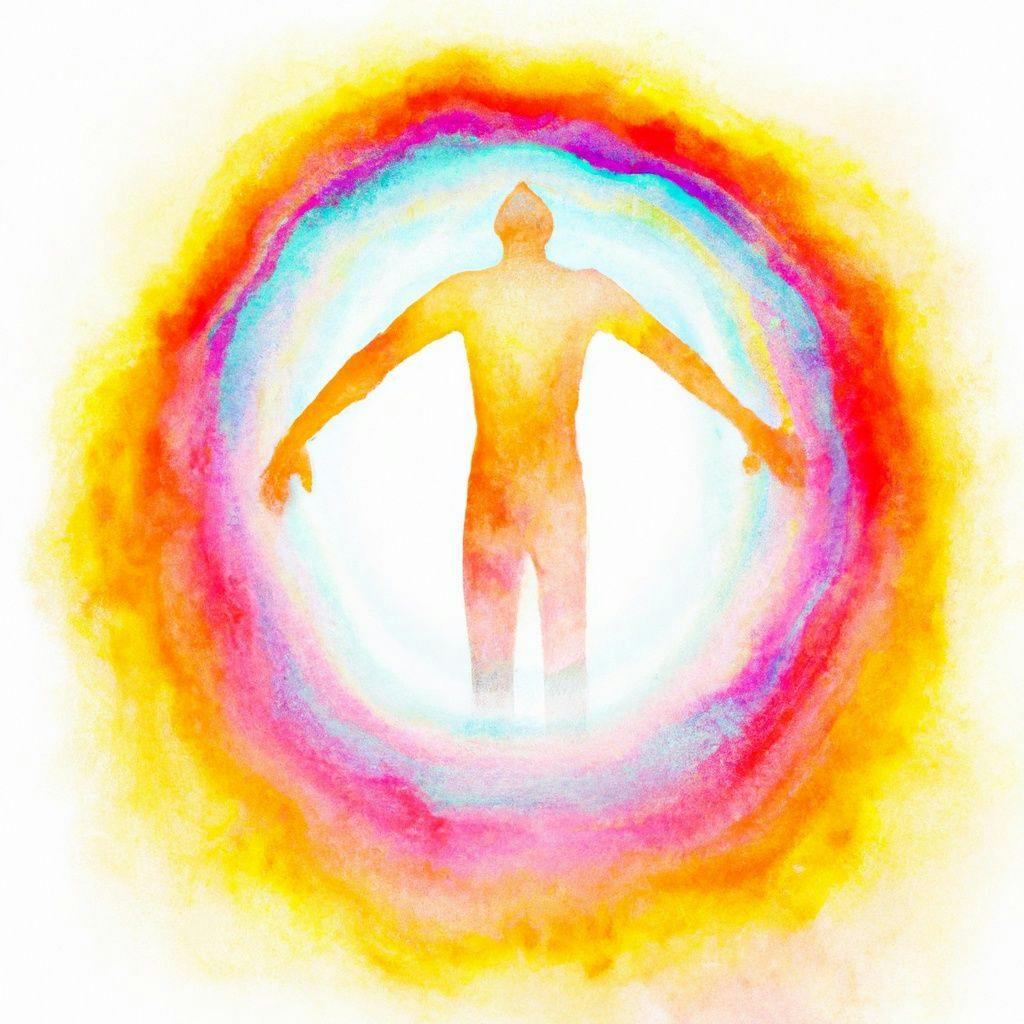
The Spirit Molecule
: Exploring DMT, the Natural Emissary of Altered Consciousness
The DMT Enigma: A Natural Emissary
What is DMT?
DMT, often referred to as the "spirit molecule," is a powerful psychedelic compound found in various plants and animals, including humans. This molecule belongs to the tryptamine family and shares structural similarities with neurotransmitters like serotonin.
Natural Production in the Body:
Surprisingly, DMT is endogenously produced within the human body. The pineal gland, a small, pinecone-shaped structure located deep within the brain, has been proposed as a potential site for endogenous DMT production. While the exact biological mechanisms are still a subject of ongoing research, the presence of DMT in bodily fluids and tissues suggests that our bodies possess the ability to synthesise this extraordinary molecule.
The Pineal Gland: Gateway to Altered States
The Pineal Gland and DMT Synthesis:
The pineal gland has long been associated with spiritual and mystical experiences across various cultures. Research suggests that enzymes within the pineal gland, such as INMT (indolethylamine-N-methyltransferase), may be involved in the synthesis of DMT from its precursor molecules.
Circadian Rhythms and DMT Release:
The pineal gland is also known to regulate circadian rhythms by producing melatonin, a hormone that plays a key role in sleep-wake cycles. The release of DMT from the pineal gland has been proposed to coincide with specific circadian patterns, contributing to altered states of consciousness during sleep and moments of heightened awareness.
The DMT Experience: A Journey into the Unknown
Ingesting DMT:
When DMT is consumed, whether through the inhalation of vaporised extracts from certain plants or the ingestion of Ayahuasca, a traditional Amazonian brew containing DMT, users often report profound alterations in perception, a sense of interconnectedness, and encounters with seemingly otherworldly entities.
Rapid Onset and Short Duration:
What sets DMT apart from other psychedelics is the rapid onset of its effects. Within seconds of inhalation, users are catapulted into a vivid and immersive altered state of consciousness. Despite its intensity, the DMT experience is relatively short-lived, typically lasting around 15 to 30 minutes.
The Nature of the Journey:
The subjective nature of the DMT experience is diverse and can vary from person to person. Common themes include geometric patterns, kaleidoscopic visuals, and a sense of timelessness. Users often report encounters with entities described as "beings" or "aliens" that impart a profound sense of wisdom and interconnectedness.
The Neurochemistry of DMT: Unlocking the Doorways of Perception
Serotonin Receptors and Beyond:
DMT's psychoactive effects are believed to stem from its affinity for serotonin receptors in the brain, particularly the 5-HT2A receptor. By binding to these receptors, DMT alters neural activity, leading to the rich tapestry of sensory and perceptual experiences that characterise the psychedelic journey.
Beyond Serotonin: Sigma-1 Receptors:
Recent research has identified the sigma-1 receptor as another key player in the effects of DMT. These receptors are involved in various cellular processes, and their activation by DMT may contribute to the unique cognitive and emotional aspects of the DMT experience.
The Mystical and Therapeutic Potential
Mystical Experiences and Consciousness:
DMT has been described as a catalyst for "mystical experiences," characterised by a sense of unity, ineffability, and transcendence of time and space. Some users report a profound shift in their understanding of self and reality, leading to enduring positive changes in their lives.
Therapeutic Applications:
While the recreational use of DMT is limited due to its intense nature, ongoing research is exploring its therapeutic potential. Studies suggest that DMT-assisted therapy may be beneficial for conditions such as depression, anxiety, and addiction, providing a new avenue for mental health treatment.
Safety Considerations and Responsible Use
The Importance of Set and Setting:
As with any psychedelic substance, the importance of set and setting cannot be overstated. The context in which DMT is consumed significantly influences the nature of the experience. A comfortable and safe environment, along with a positive mindset, is crucial for maximising the potential benefits of the journey.
Individual Variability:
It's essential to recognise that individual responses to DMT can vary widely. Factors such as mental health, personal history, and the user's state of mind play significant roles in shaping the experience. Individuals with a family history of psychotic disorders or certain mental health conditions may be more vulnerable to adverse effects.
Closing Thoughts: Navigating the Enigma of DMT
As we navigate the enigma of DMT, it's crucial to approach this substance with respect, understanding, and a commitment to responsible use. The exploration of altered states of consciousness, whether facilitated by endogenous DMT or external sources, holds the potential to deepen our understanding of the mind's extraordinary capabilities.
While the mysteries surrounding DMT are far from fully unraveled, the ongoing research and growing interest in its therapeutic applications underscore the need for continued exploration. As we peer into the realms opened by the "spirit molecule," let us do so with a sense of awe, reverence, and a profound recognition of the vast mysteries that reside within the human mind.